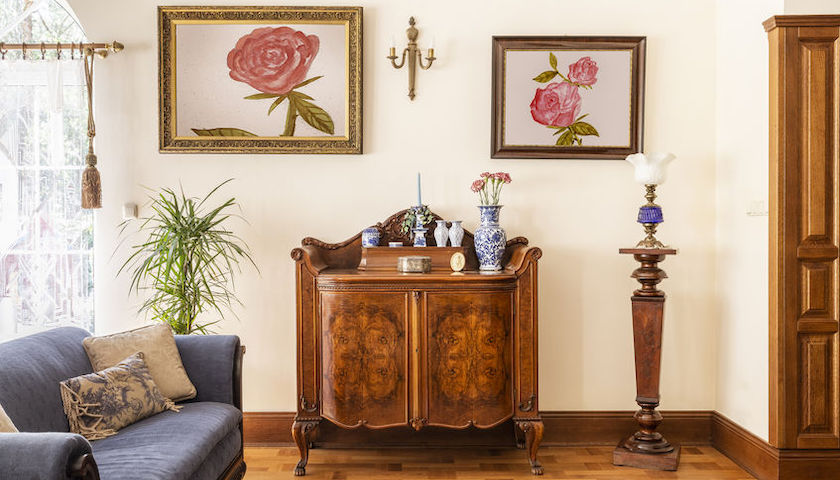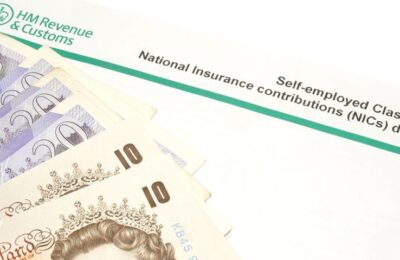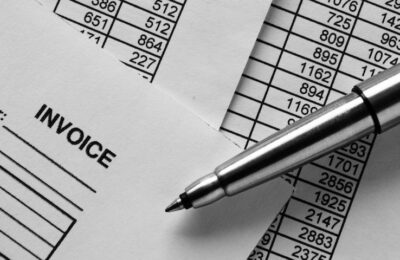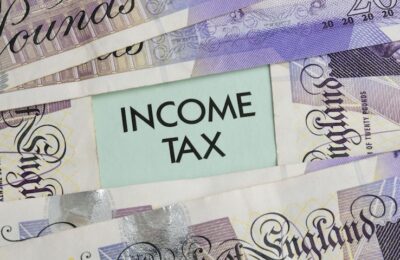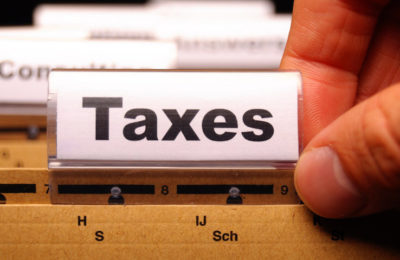‘Chattels’ is one of those words with a delightfully antique flavour. We’ve been using the word ‘chattel’ since the early 13th century when we borrowed the Old French word chatel. In those days, the word was broadly defined and could mean goods, wealth, possessions or livestock. In the latter case, the word used to apply to horses, sheep and other animals, before becoming restricted to cows and bulls from the late 16th century.
The meaning of the word has evolved in many ways over the years. I remember encountering it at university when I was reading Shakespeare’s The Taming of the Shrew. In the play, Petruchio – a gentleman from Verona – says of his ‘bonny Kate’:
I will be master of what is mine own:
She is my goods, my chattels; she is my house,
My household stuff, my field, my barn,
My horse, my ox, my ass, my any thing.
It’s a long time since I’ve read the play, but it sounds to me like he’s saying Kate means everything to him.
But, as the French say, revenons à nos moutons – let’s return to our sheep (get back to the matter in hand).
What are chattels today?
These days, ‘chattels’ have a more precise meaning, at least in the eyes of the taxman. It’s a legal term meaning tangible, movable property. Essentially, most of your personal possessions count as chattels. Examples might include:
- Furniture
- Vehicles
- Valuables such as paintings, antiques and jewellery
- Hi-fi systems
- Clothes
- Plant and machinery that’s not permanently fixed to a building
Incidentally, cattle are still regarded as chattels, as are other animals from cats to racehorses.
Chattels and Capital Gains Tax
Some chattels are subject to Capital Gains Tax when you sell them (we’ll cover the exemptions in a minute).
At its simplest, if you sell a chattel for more than £6000 and you make a profit of more than £3,000 (your CGT tax exempt limit), you need to record the gain in your Self-Assessment Tax Return. The calculations below apply if the disposal proceeds are between £6,000 and £15,000.
Let’s take an example. You have a painting you bought for £3,000 and sold for £10,000.
Because the disposal proceeds are more than £6,000, you need to make the following calculation:
- Subtract £6,000 from the sale price of £10,000. This is £4,000.
- Multiply this by 5÷3 (£4,000 x 5÷3). This comes to £6,667.
This is the maximum chargeable gain. To work out the net gain, you do the following:
- Take the disposable proceeds of £10,000
- Subtract the original cost of the painting (£10,000 – £3,000 = £7,000)
You enter whichever figure is lower in your tax return – in this case it would be the maximum chargeable gain, rather than the net gain.
These calculations apply to disposal proceeds between £6,000 and £15,000. If the proceeds exceed £15,000, you need to use these capital gains summary notes to make the correct calculation (or you could ask a THP accountant to do it for you).
What if I make a loss?
You can also claim a loss when you dispose of a chattel. If you dispose of an item for less than £6,000, you have to make your calculation as if the proceeds were £6,000. If the disposal proceeds were more than £6,000, there is no restriction on the loss you can claim.
However, there are two main exemptions. You can’t claim a loss when you sell your private car (your private car falls out of the scope of CGT, also meaning you don’t pay CGT if you make a profit on it). Additionally, you can’t claim a loss if a chattel is considered a ‘wasting asset’ (see below).
Sets of chattels
There’s one rule that can easily trip you up. This applies to ‘sets’ of chattels. HMRC defines a set as being ‘similar and complementary to each other’ and ‘worth more together than separately’. This might include a set of chessmen or matching antique ornaments. In these cases, the £6,000 limit applies to the set, not individual items.
Wasting assets
A wasting asset is something with a predictable life of 50 years or less. These include items like plant and machinery, clocks, watches, boats and fine wine. Animals are also included, so if your chattels are cattle, they’re wasting assets.
The advantage with wasting assets is that they are exempt from CGT. There are two exemptions:
- You’ve claimed, or could claim capital allowances for the chattel
- You loaned it to a business, which then used it as plant
Sometimes it can be hard to define whether a chattel is a wasting asset. Talk to us if you’re not sure.
I need help with CGT on chattels. What next?
As you can see, the rules regarding CGT and chattels can be complex. While this article covers the basics, there are many other things you may need to take into account. For example, if you give away a chattel you may need to calculate CGT based on its market value.
Getting your CGT wrong can be expensive and land you with significant penalties. So if you’d like to make sure your returns are correct, pick up the phone today and ask to speak to one of our accountants.
About Ben Locker
Ben Locker is a copywriter who specialises in business-to-business marketing, writing about everything from software and accountancy to construction and power tools. He co-founded the Professional Copywriters’ Network, the UK’s association for commercial writers, and is named in Direct Marketing Association research as ‘one of the copywriters who copywriters rate’.
More posts by Ben Locker
